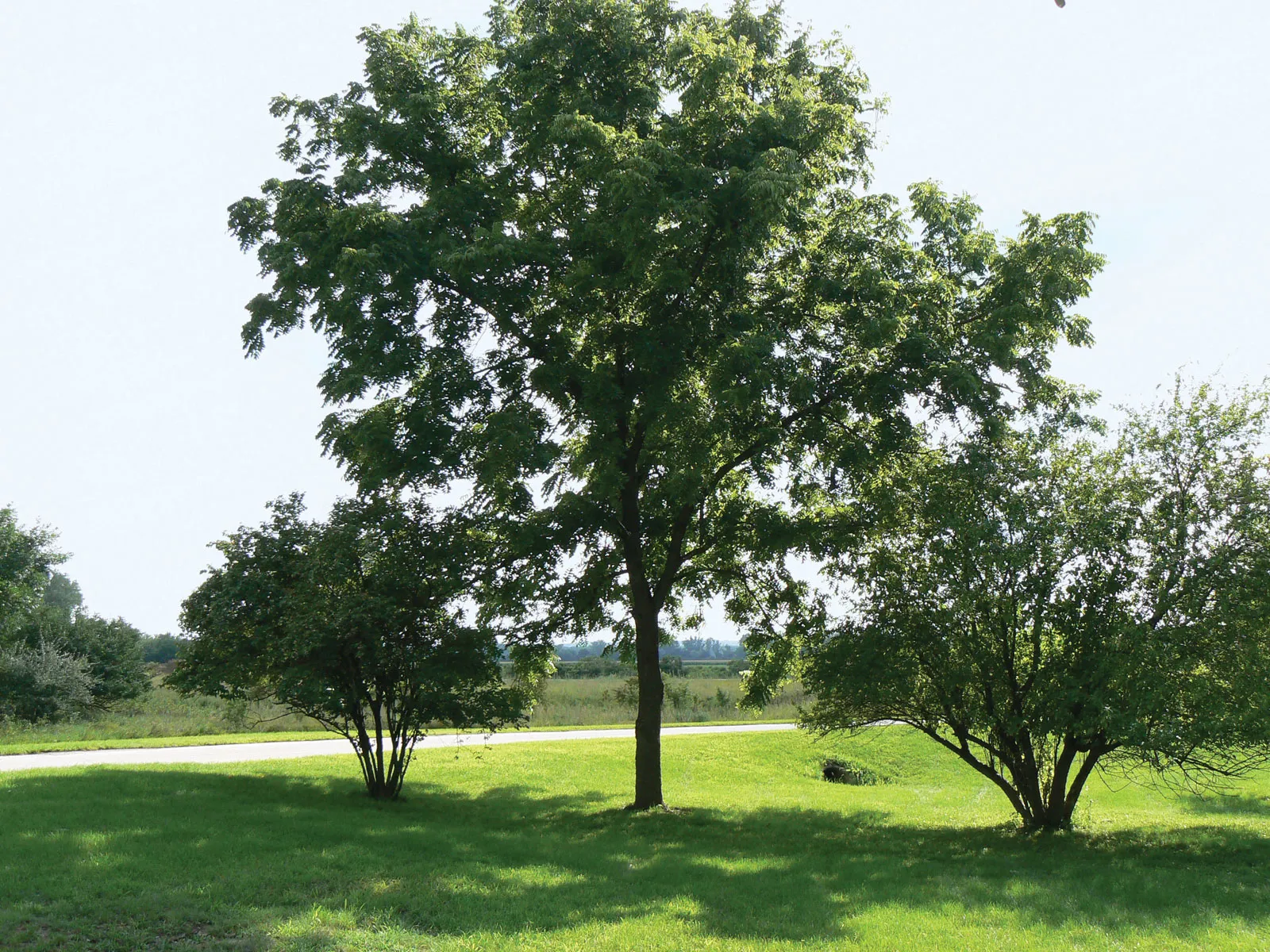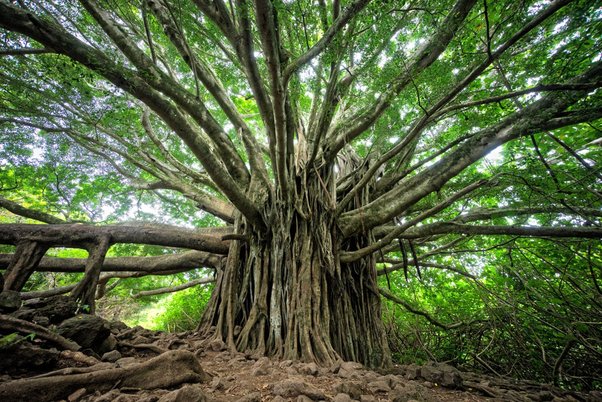Biodiversity, the delicate dance of life on our planet, is often influenced by intricate ecological relationships. One such relationship, often overshadowed by its more glamorous counterparts, is amensalism. In this article, we delve into the depths of amensalism and explore its impact on biodiversity.
Read more about Polyembryony Revealed
Contents
Understanding Amensalism
What is Amensalism?
Amensalism is a biological interaction where one organism is harmed while the other remains unaffected. Unlike symbiosis, which involves a mutually beneficial relationship, amensalism reflects a more one-sided interaction, where the “actor” negatively affects the “recipient” without receiving any direct benefits.
The Drama Unfolding Below
Amensalism often plays out silently beneath our feet, hidden from plain sight. The drama below the soil surface involves various organisms engaging in chemical warfare, releasing substances detrimental to their neighbors. This underground battle has significant repercussions on the overall biodiversity of ecosystems.

Impact on Plant Communities
Allelopathy: The Silent Struggle
Plants, the foundation of many ecosystems, engage in amensalistic relationships through a process known as allelopathy. Some plants release allelochemicals, inhibiting the growth of neighboring plants. This chemical warfare shapes the composition of plant communities and influences the biodiversity of entire ecosystems.
The Role of Soil Microbes
Amensalism extends beyond the plant kingdom; soil microbes also play a crucial role. Certain fungi release toxins harmful to bacteria, affecting the delicate balance of microorganisms in the soil. This disruption can cascade through the ecosystem, impacting plant health and, consequently, the organisms dependent on them.
Unveiling the Role of Amensalism in Biodiversity Loss
A Chain Reaction
Amensalism sets off a chain reaction in ecosystems, creating a ripple effect that extends to higher trophic levels. As plants struggle to thrive in the presence of allelopathic substances, herbivores dependent on those plants face challenges in finding suitable food sources. This, in turn, affects the predators at the top of the food chain.
Biodiversity Hotspots and Amensalism
Certain regions, touted as biodiversity hotspots, face heightened threats due to amensalistic interactions. The struggle for survival in these areas intensifies as species must contend not only with natural predators but also with the invisible warfare waged beneath the surface.
Conservation Implications
Mitigating Amensalism’s Impact
Understanding the role of amensalism in biodiversity loss is crucial for effective conservation strategies. Conservationists and ecologists can use this knowledge to develop targeted interventions, such as identifying and protecting keystone species that play a pivotal role in maintaining balance within ecosystems.
The Need for Holistic Conservation
To address the challenges posed by amensalism, a holistic approach to conservation is imperative. This involves not only protecting individual species but also preserving the intricate web of interactions that sustains biodiversity. Conservation efforts must extend beyond charismatic megafauna to encompass the often-overlooked microscopic actors shaping ecosystems.
Conclusion
In the intricate tapestry of life, amensalism plays a significant yet often underestimated role in shaping biodiversity. From the allelopathic struggles between plants to the microscopic battles waged by soil microbes, the drama below the surface has far-reaching consequences. Acknowledging and understanding amensalism is a crucial step in the journey towards effective biodiversity conservation.



